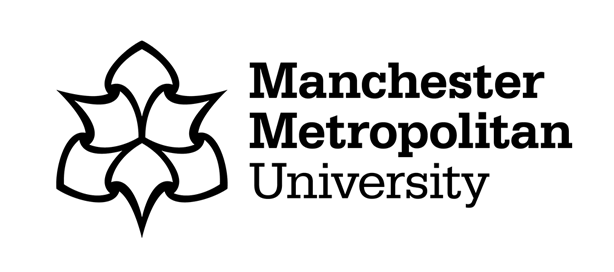
I recently attended my first virtual conference, in the era of the ‘new normal’. This experience had both pros and cons. As a PhD researcher I am going to reflect on this experience, in the hope that going forward we can all get the best out of similar academic events.
Rewind to January this year, myself and two other PhD students in the psychology department all excitedly applied for and later got accepted to present posters at the Federation of European Neuroscience symposium (FENS). This year the symposium was to be held in Glasgow. So, after securing our funding from the Graduate school’s research support award, we set to organising travel and accommodation in the city. Come March and our excitement of attending the conference dwindled, as we realised COVID-19 had its grips on the world. With conferences getting cancelled left, right and centre, we thought our turn would be soon. However, to our surprise the conference was not cancelled, it was instead moved to a virtual platform.
The conference itself was a big one! With over 5,000 attendees and close to 2,800 posters, I really did not know how they were going to pull off organising an online event at such short notice. Despite my concerns, come the 11th of July I had a poster uploaded to the online platform and the conference was underway.
The event mainly consisted of: pre-recorded talks from the scheduled speakers followed by live discussion, timetabled poster sessions where presenters were ready and eager to answer questions in the chat box provided, and a networking area where forum-like discussions were set up for attendees to chat. The event ran over five days, from the comfort of my home. Now to get into what I felt really worked with the new format and what I struggled with during the event.
Organisation, variety, and enthusiasm
A big positive of the event was how well it was organised. Going from an in-person event to a large online forum felt easily managed by the FENS team. Every single talk and poster that was originally scheduled was able to be shown. Additionally, the talks and posters have been made available until October, meaning I have even more time to make notes on the interesting topics discussed. Considering how many presentations and posters there are, it may take me to October to finish this.
Another aspect of the conference I really enjoyed was the variety of talks and events that had been developed. Just like a normal conference they had managed to provide space for keynote speakers, break out parallel sessions, as well as poster sessions and booths for associations and sponsors. This wide range of activities left me feeling drawn into the conference experience, whisked away from my small desk in Manchester. Without this schedule and enthusiasm for the event conveyed over email, it would have been easy for to me to disengage and move back to the endless list of PhD work.
Drawbacks of the digital
Despite the positive aspects of the conference, there were some drawbacks to the virtual format. Some of the ability of the presenter to capture the audience was lost in the virtual space. Speakers could not read the room or stop where needed to engage with the audience. This left the presentations, in my opinion, rushed and hard to follow over the two- or three-hour slots they were allocated. Screen time adds up, and by the end of the day my head and eyes struggled to focus on the amazing research that was being presented to me.
Another thing I struggled with was the networking aspect of the conference. One of my favourite things to do at a conference setting is to talk to other researchers. This could be all those famed key notes or my fellow PhD students. By talking to someone face-to-face and creating a connection I personally feel more confident to then reach out online at later date. The conference provided spaces for networking in which attendees could post in different online chats. A major flaw of this approach is that, unlike the traditional conference in which a shared experience of viewing the same talk can lead into a bigger conversation, brave attendees were left to open up online discussions and were often left ‘on read’ by the chat watchers. A fault of my own was in my hesitance to talk about myself and my own research in fear of the same fate.
Moving forward…
My first virtual conference experience came to an end, but something tells me it will not be my last. Moving forward in this new era for academic research, in my opinion there are a few simple things virtual conference organisers and PhD researchers can do to maximise the conference experience. Firstly, for the organisers, try not to overload your attendees. We are mostly all working at home and staring at a computer screen all day. Added screen time can make it hard to engage with the hard work the presenters put into their talks. Secondly, try and provide more space for PhD students and early career researchers to talk and network in a less formal manner. When we feel the eyes of the whole conference are on our chat window conversations, this can deter us from reaching out and talking about our research or maybe some of the problems we have encountered.
This leads me on to PhD students (myself included): don’t be afraid to get involved. Email that person, set up a zoom meeting with that researcher you admire. The worse that can happen is that they don’t reply or say they are busy, but if we don’t put ourselves out there online without any current in-person alternative, we will not get our hard work seen by others.


